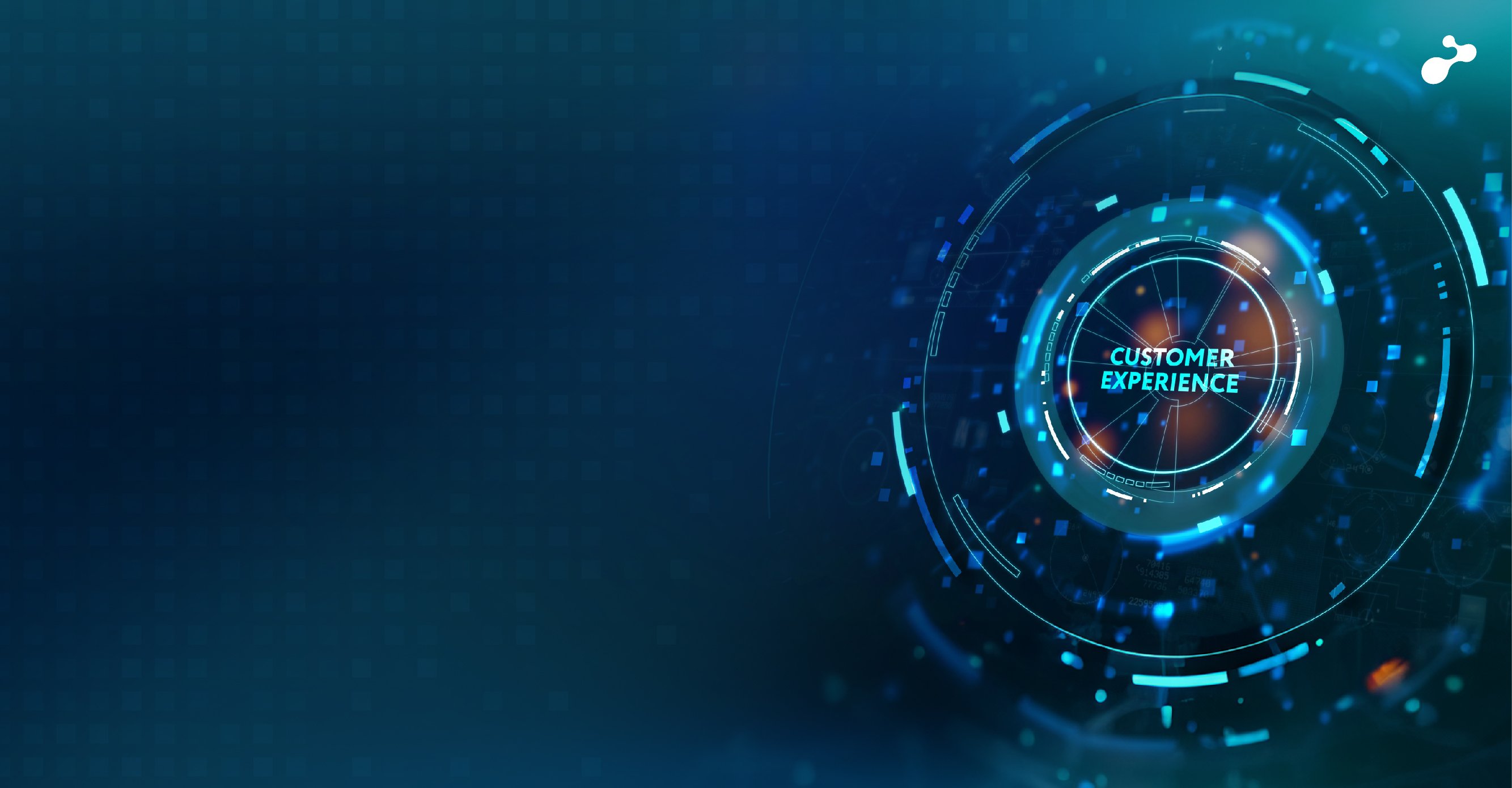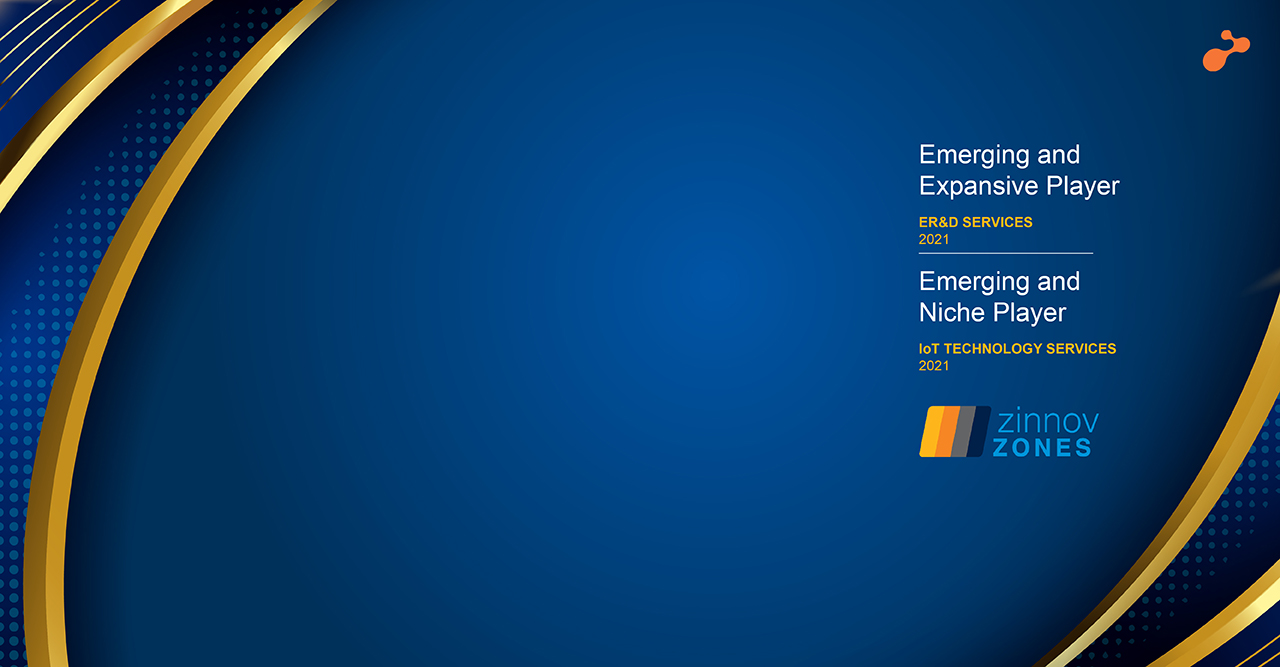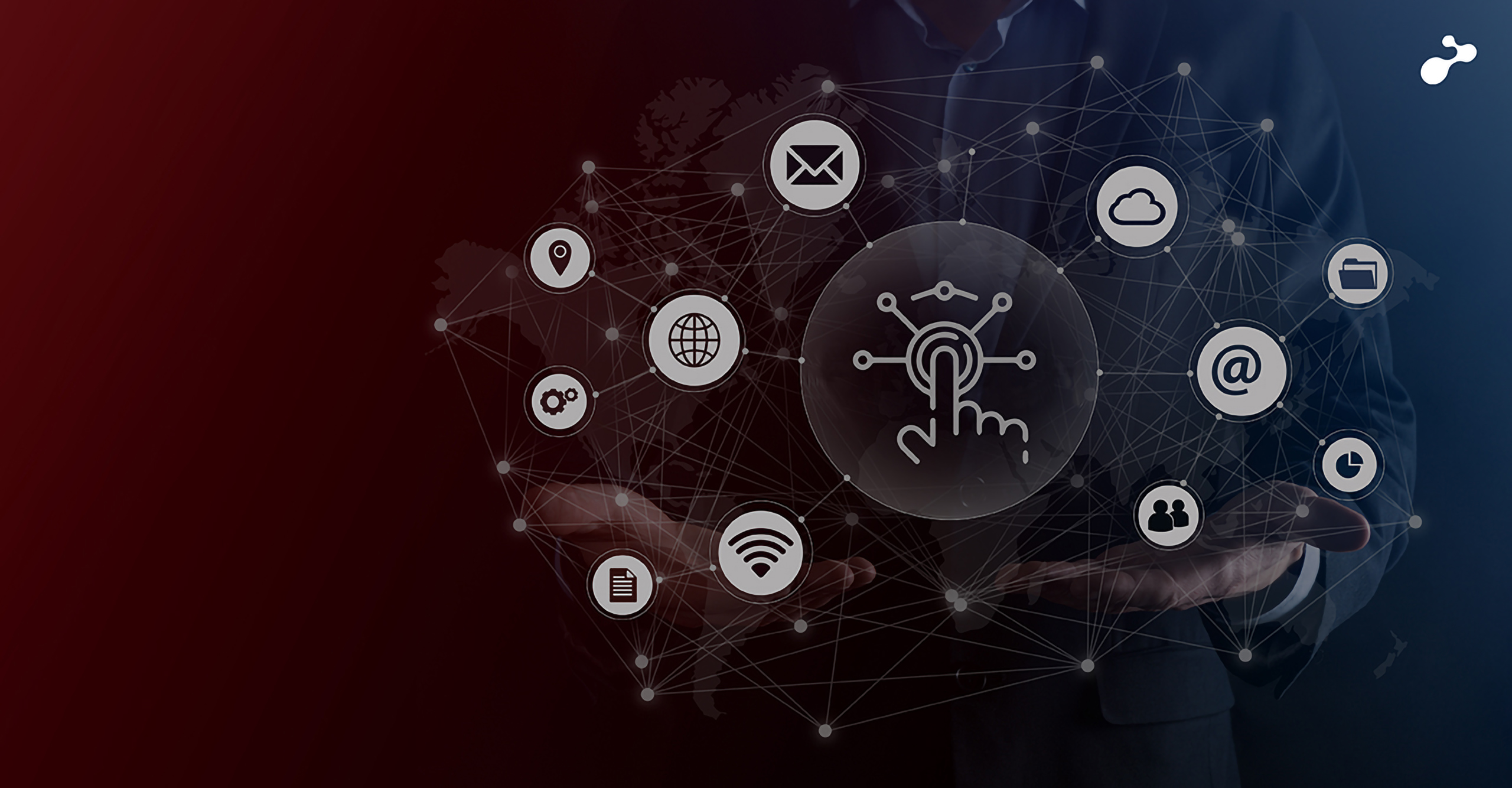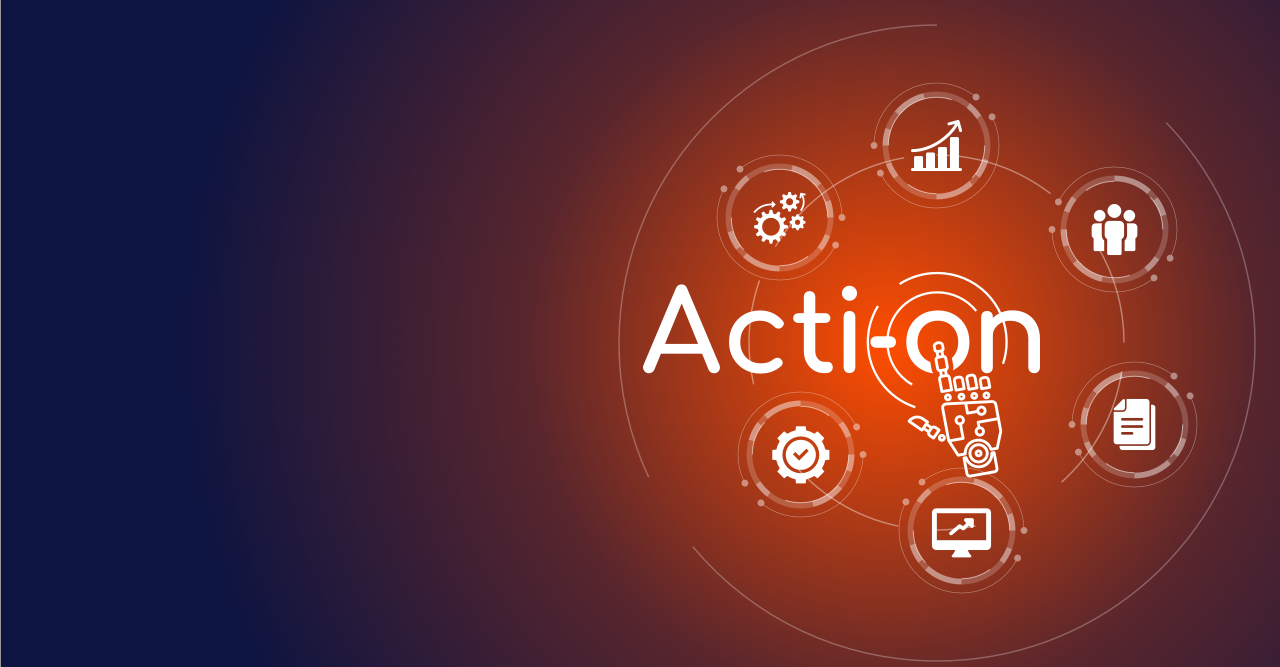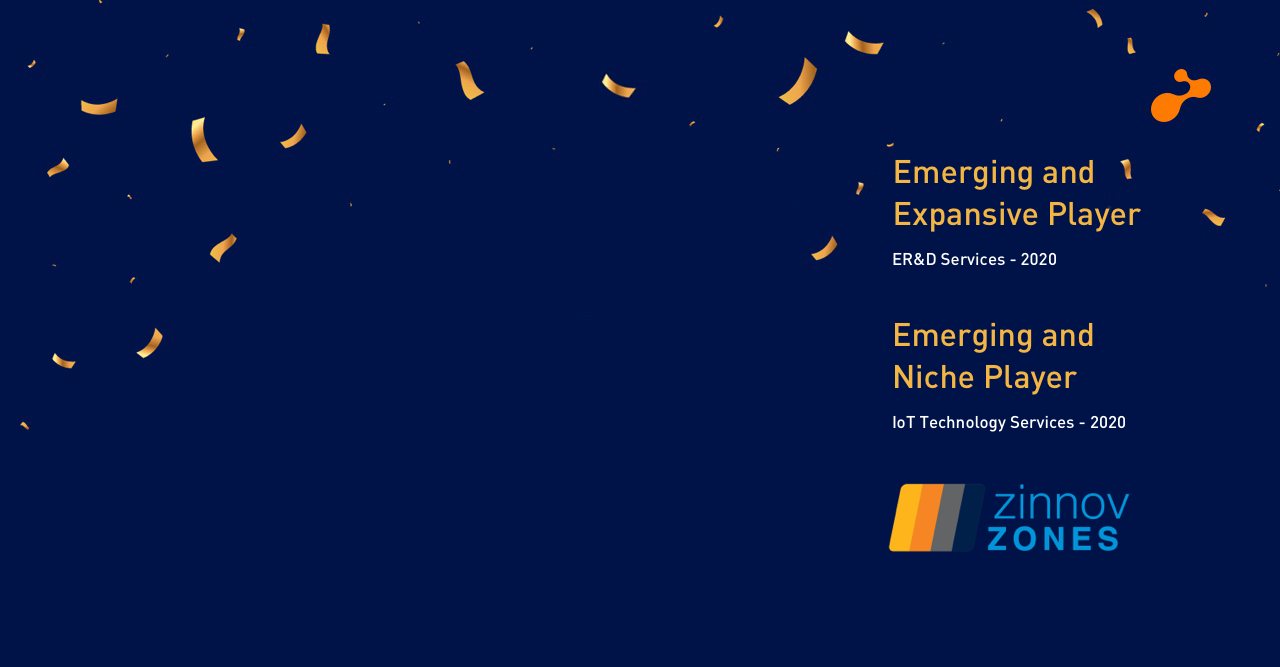The Internet of Things (IoT) is beginning to grow significantly, as consumers, businesses, and governments recognize the benefit of connecting devices to the internet. IoT refers to interconnected smart devices with computing ability and uniquely identifiable keys which possess the ability to transfer data over a network without requiring human-to-human or human-to-computer interaction. This technology is increasing the connectedness of people and things on a scale that was once unimaginable. IoT has evolved from the convergence of wireless technologies, micro-electromechanical systems (MEMS) and the Internet. It is significant because an object that can represent itself digitally becomes something greater than the object by itself. No longer does the object relate just to you; it is now connected to surrounding objects, can communicate and take actions.
Primarily, IoT is trying to address challenges around accuracy and reliability of human interfacing for business or consumer systems. People have limited time, attention and accuracy -- all of which means they are not very good at capturing data about things in the real world. If we had computers that knew everything there was to know about things -- using data they gathered without any help from us -- we would be able to track and count everything and greatly reduce waste, loss and cost. We would know when things needed replacement, repair or recall and whether they were fresh or past their due date.
It’s a global movement built by infusing instrumentation, interconnection and intelligence into the systems that drive human progress and economic growth. In the current year itself, connected devices outnumber the world's population by 1.5 to 1. Some of the key drivers for mass IoT adoption are:
- Drastic increase in number of smart devices with computing power
- Reduced cost of hardware and sensor technologies
- Maturity of consumer and enterprise smart mobile computing capabilities
- Explosive growth of analytics, big data and cloud computing technologies
- Need to provide integrated view of business processes or consumer activities
Most of us limit the definition of connectivity only to computers, tablets and smartphones. IoT is a world where just about anything can be connected and communicate in an intelligent fashion. In other words, with IoT, the physical world is becoming one big information system. The system requires an integrated fabric of devices, data, connections, processes, and people—this poses a significant challenge of integrating digital Internet technologies with physical infrastructures. An IoT device has a radio that can send and receive wireless communications. IoT wireless protocols are designed to accomplish some basic services: Operate on low power, use low bandwidth and work on a mesh network.
Connected devices will push at the boundaries of technology taking us to places we haven’t been before. With a market that’s expected to touch $7.1 trillion by 2020, IoT will usher in an era of great business opportunities in the industrial and consumer space. However, it has to overcome key challenges such as connectivity and power, standardization of communication protocols and security/privacy concerns. When these challenges are overcome, it will accelerate the way towards an operational IoT ecosystem.

